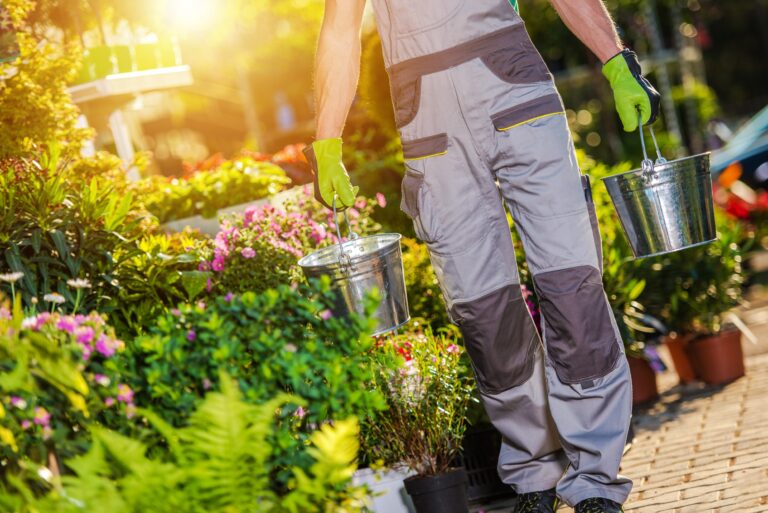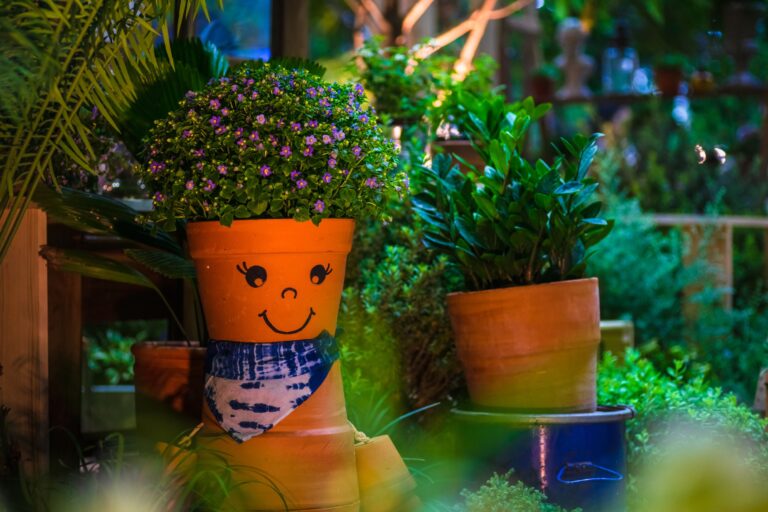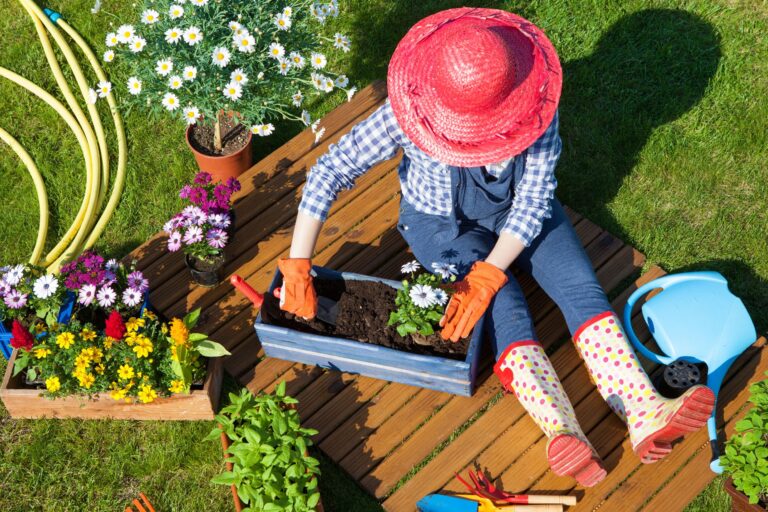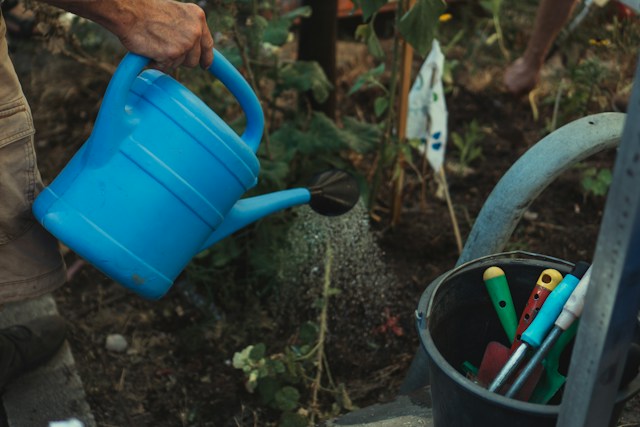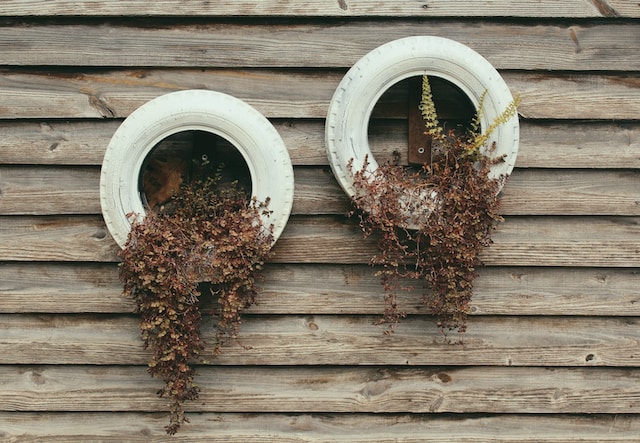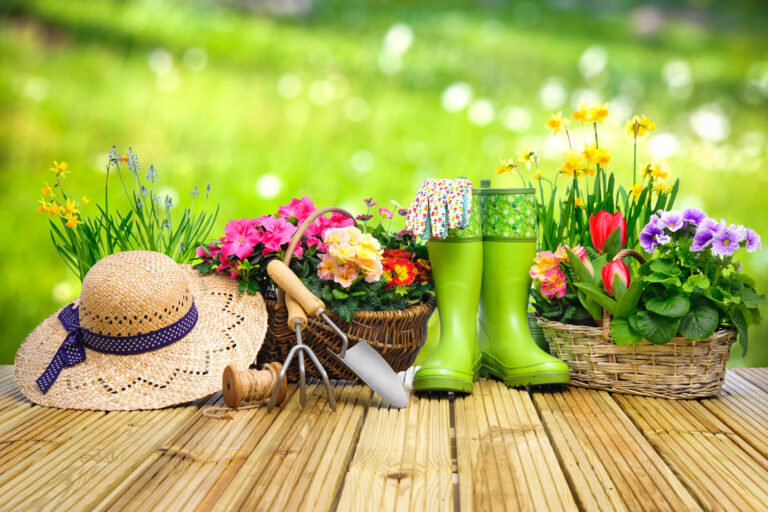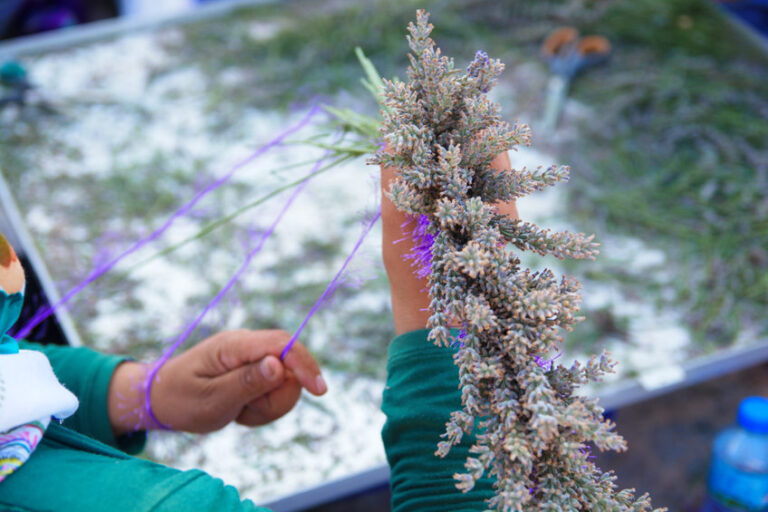Are you ready for Halloween? Surely you’ve already procured your pumpkin. Have you carved a scary Jack-o-Lantern yet? I hate carving, so my husband is the one who does it. He’s extraordinarily artistic and always manages to etch out something incredible. We normally buy a few pumpkins for our front porch. Some we carve,…
garden decor
Affordable Landscaping Hacks: 5 Cheap Materials You Need to Know About!
Cheap landscaping doesn’t mean sacrificing style or creativity! With the right affordable materials, you can completely transform your outdoor space without draining your wallet. Whether you’re looking to create a charming garden path, control weeds, or add stylish décor, these budget-friendly solutions are perfect for crafting a beautiful yard on a dime. 1. Mulch Made…
Love Gardening: Here’s How to Get Landscaping Jobs You Love
Are you passionate about gardening and ready to turn that love into a fulfilling career? Whether you’re a seasoned green thumb or just starting out, there are plenty of opportunities to land the landscaping jobs you’ve been dreaming of. This guide will show you how to get landscaping jobs you truly enjoy while growing your…
8 Best Gardening Hats for Ultimate Sun Protection and Style!
The best gardening hats offer protection from the sun that goes beyond just providing a little bit of shade. They protect your eyes. Moreover, they help regulate your body heat. Plus they have other great features such as protection from rain or insects. Of course, you might as well be stylish while in the garden…
9 Stunning Cheap Garden Decor Ideas You Can Do Yourself in Your Backyard
Cheap garden decor can transform your backyard into a stunning oasis without breaking the bank. With a bit of creativity and some simple DIY projects, you can add personality and charm to your garden. Check out these nine brilliant ways to make your garden look amazing without blowing your budget. 1. Upcycled Furniture Planters Give…
10 Budget-Friendly Ideas for Cheap Garden Decor
Looking for cheap garden decor to beautify your space? With a bit of creativity and resourcefulness, you can achieve stunning results on a budget. Here are 10 budget-friendly ideas that are sure to transform your garden into a beautiful oasis. 1. DIY Planters from Recycled Materials Creating planters from recycled materials is an eco-friendly and…
Gardening Supplies You Can Get at Dollar Tree
Have you been to your local Dollar Tree lately? If so, have you checked out their gardening supplies? If not, then you’re missing out. Dollar Tree gardening supplies are inexpensive and yet work just as well as pricier options that you might be elsewhere. You can get gardening basics like seeds, of course. You can…
Upcycling in the Garden: Everyday Items That Can Be Functional Garden Decorations
If you take a look around your home, or even in your recycling bin, then you will probably find items that you can use in your garden. This is, obviously, good for the earth. When you upcycle everyday items into functional garden decorations, it also saves you money. After all, you don’t have to buy…
5 Ways to Get Your Garden Ready for Fall on a Budget
August is officially here, which means autumn is right around the corner. While the idea of getting your garden ready for the cooler season might seem overwhelming, you don’t need to worry! Here’s how you can revamp your garden for fall without breaking your budget. 1. Compare Prices of Tools Online If you’ve been using…
5 Fun Ways to Use Yarn in the Garden
I am a crafter. Mostly, I crochet, although I also knit and weave and collage and enjoy some other crafty activities. As a result of my craft, I have a lot of yarn in my home. Most of it I will use to crochet, of course. However, over the years, I’ve found that yarn can…


